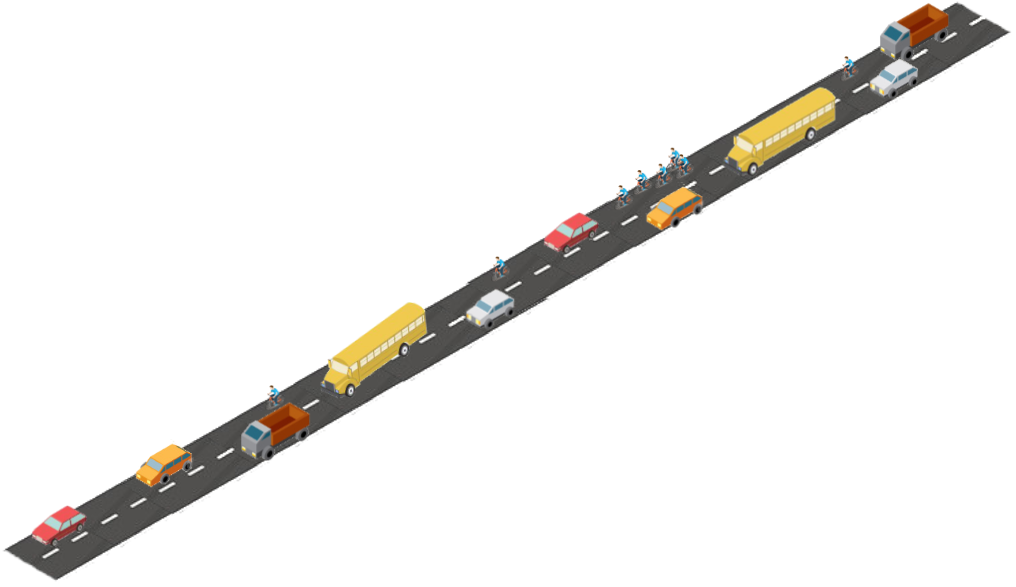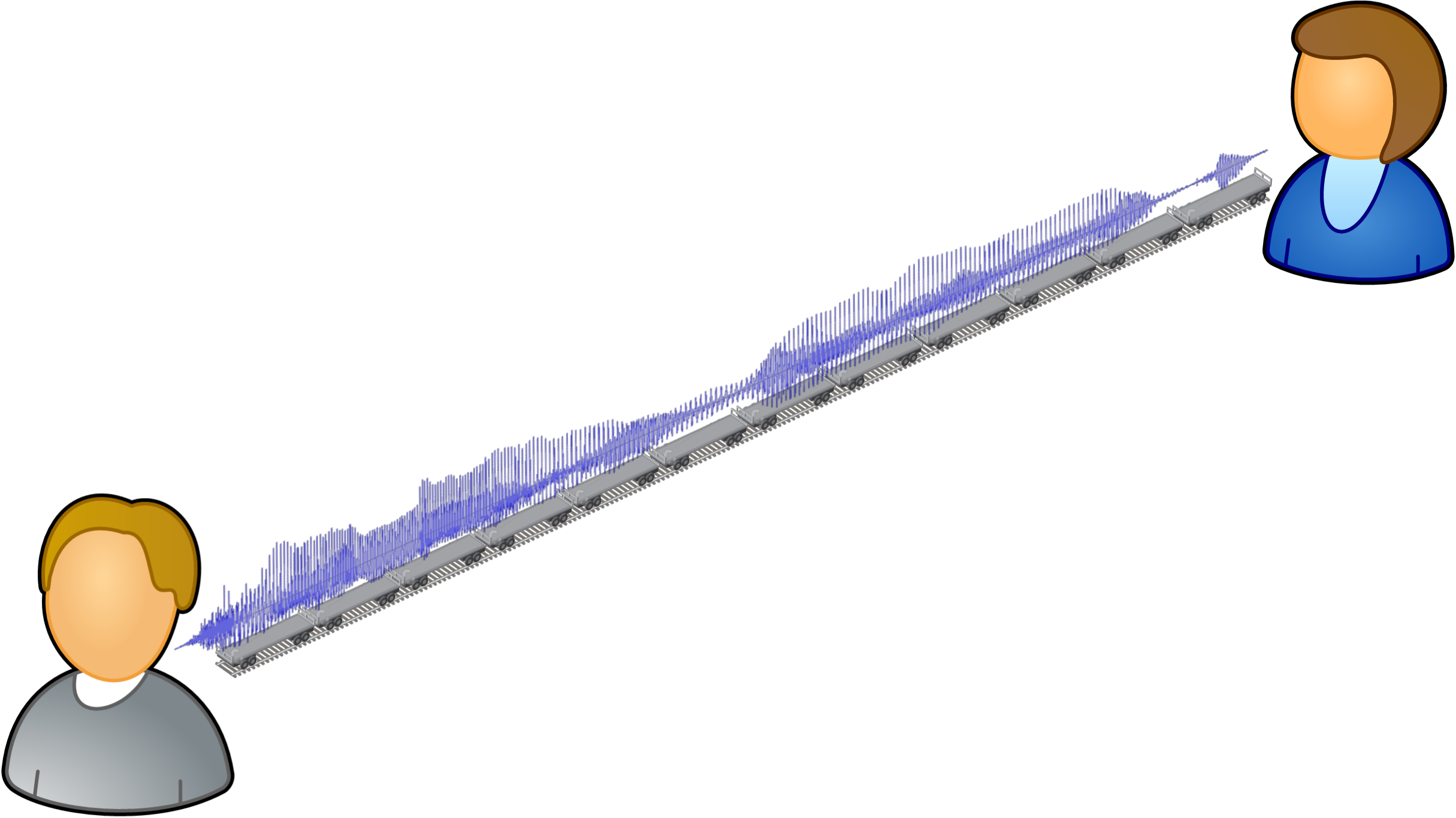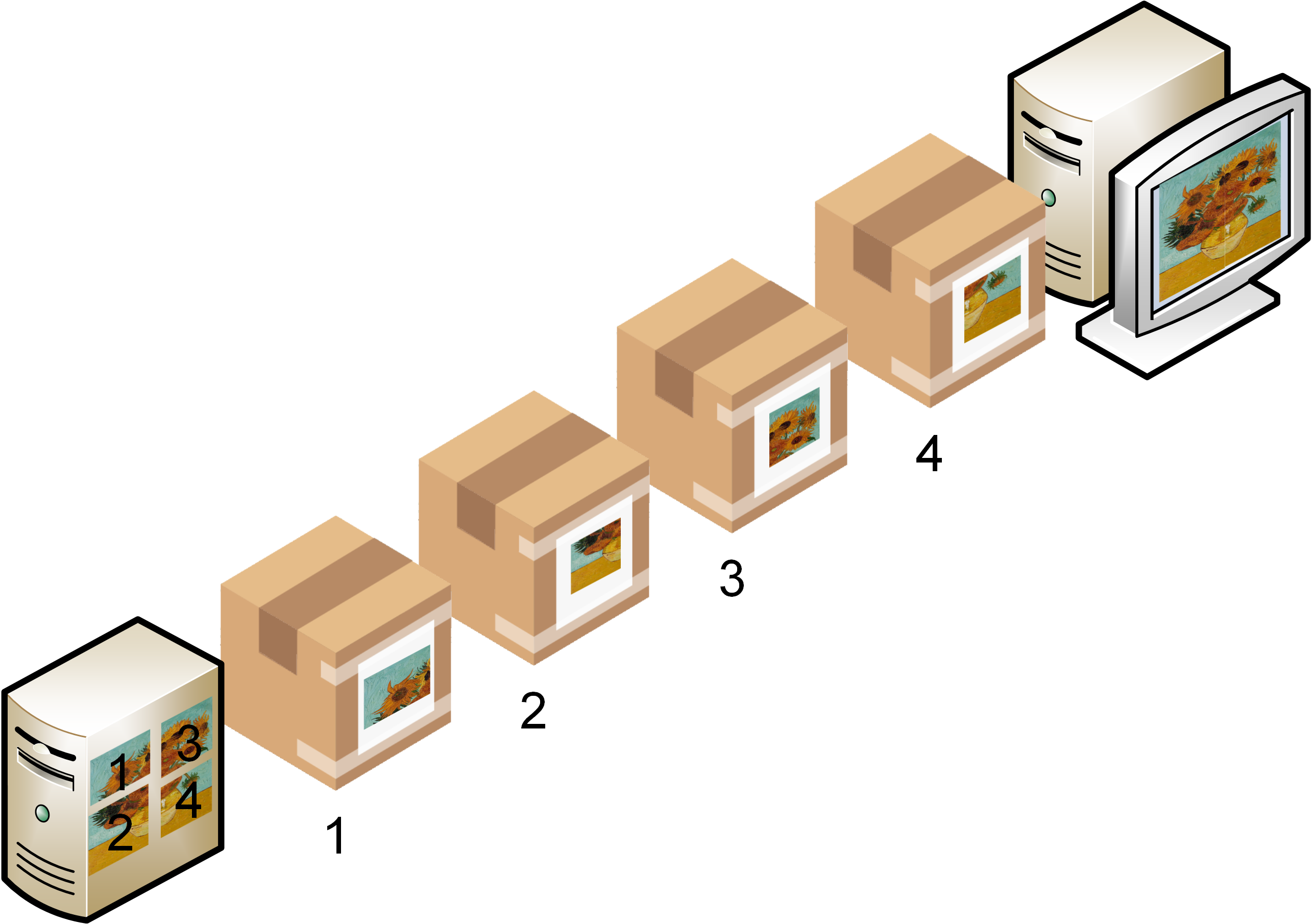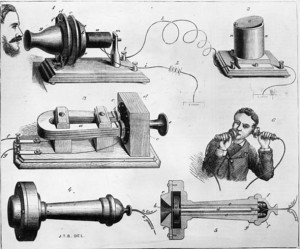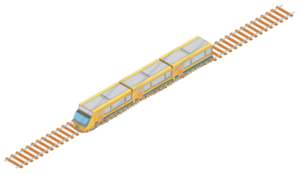At its simplest, IP Telephony is just a way to carry voice from one place to another. What makes it so revolutionary is not so much due to any technical advantages, but simply that it is based on inexpensive and popular networking standards. You can buy the hardware at your local computer store. The details of the SIP protocol can be downloaded for free from the IETF, and IP networks can be built by anyone, at very low cost.
IP Telephony began as an experiment in carrying voice traffic across a packet network. The concept was simple: Run some voice traffic across a fixed-cost connection (piggy back it onto the data traffic), and avoid paying long distance charges between offices. Early equipment was expensive, but then again, so were long distance charges.
As the internet grew in popularity in the late 90s, the powerful (and free) Internet Protocols (IP) began to rapidly replace the almost ubiquitous Novell NetWare technology then popular in office networks (LANs), and it also became popular to layer IP on top of the various carrier circuits in use. The rise of the ISP began at this point as well. IP rapidly found use all over the place as a standardized all-purpose network protocol. Every network was becoming an IP network, so the awkward term “packetized voice” naturally became “IP Telephony” or “Voice over IP (VoIP)”.
A massive disruption has ocurred in the telecommunications industry. Old, complex, proprietary and obscure technologies have given way to well-documented, open-standards and popular protocols.
The challenge with IP Telephony is that the internet was not designed to carry voice traffic. The neat little packets being delivered all in a neat row, can too often end up more like this:
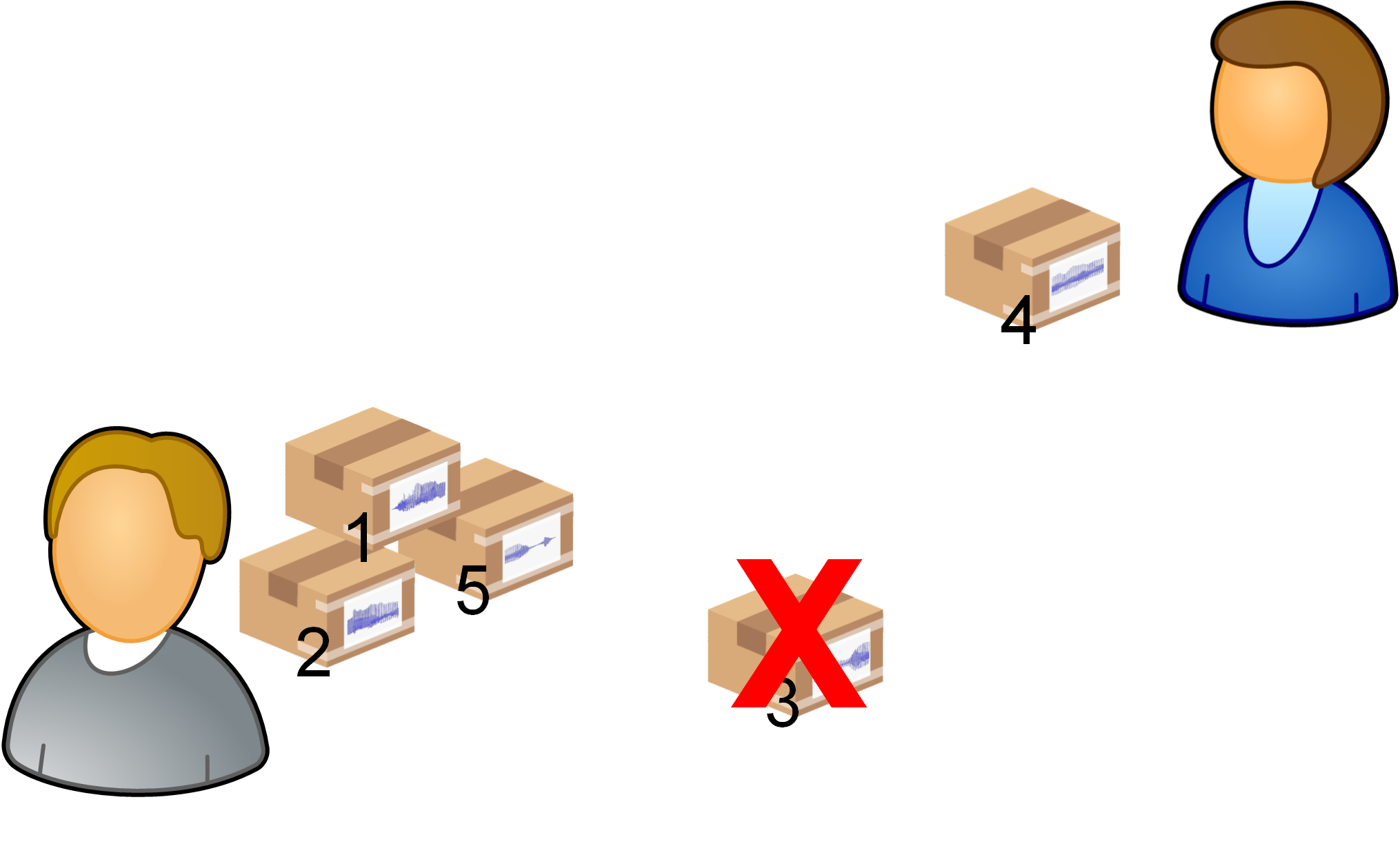
How Packets Sometimes Get Delivered
Human beings are not computers. When we talk, our brain expects to hear speech in a very specific way. It must be contiguous (no gaps), it must arrive in order (or sense make won’t it else), and any delay of more than a few hundred milliseconds is going to feel rude (“are you even paying attention?”). Computers can forgive all sorts of problems with communication, but the human ear is a bit more fussy.
In the early days of the internet, it was all but impossible to expect voice to pass reliably. Today, the opposite is true. IP Telephony is reliable, and more importantly perhaps, it is understood in the industry that everyone maintaining networks have a shared responsibility to ensure voice traffic passes without problems. In other words, current-generation networks are engineered to ensure voice quality.
Today, rather than purchasing expensive hardware to connect to limited physical circuits, IP telephony allows simple and reliable connections of multiple service types, all on a standard network server, running standard network hardware.
IP Telephony saves money, and opens the door to the full power of the internet. In fact, I think it would be safe to say the best is yet to come!
Next up we’ll dive into the details of what is required in an office network to support IP Telephony. In other words, how to VoIP enable your network.

